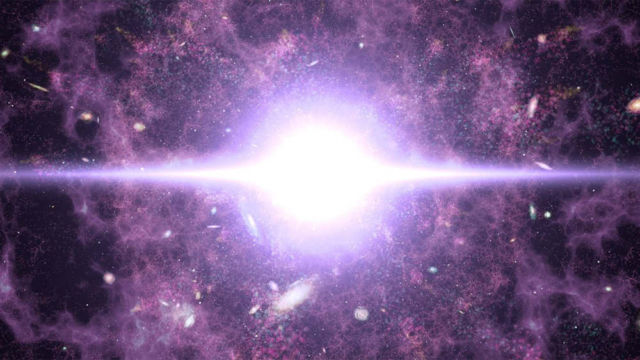A new Johns Hopkins University study suggests dark matter may have existed before the Big Bang.
Researchers believe dark matter makes up about 80% of the universe’s mass, but its origins and composition remain among the most elusive mysteries in modern physics.
A new mathematical model suggests dark matter may have been produced before the Big Bang during cosmic inflation.
The study, published in _Physical Review Letters, presents a new idea of how dark matter was created and how it might be identified during astronomical observations.
Tommi Tenkanen, a postdoctoral fellow in JHU’s Department of Physics and Astronomy and the study’s author, said:
“The study revealed a new connection between particle physics and astronomy. If dark matter consists of new particles that were born before the Big Bang, they affect the way galaxies are distributed in the sky in a unique way. This connection may be used to reveal their identity and make conclusions about the times before the Big Bang, too.
If dark matter were truly a remnant of the Big Bang, then in many cases researchers should have seen a direct signal of dark matter in different particle physics experiments already.”
While not much is known about its origins, astronomers have shown that dark matter plays a crucial role in the formation of galaxies and galaxy clusters. Though not directly observable, scientists know dark matter exists by its gravitation effects on how visible matter moves and is distributed in space.
For a long time, researchers believed that dark matter must be a byproduct of the Big Bang. Scientists have long sought this kind of dark matter, but so far all experimental searches have been unsuccessful.
Using a new, simple mathematical framework, the study shows that dark matter may have been produced before the Big Bang during an era known as the cosmic inflation when space was expanding very rapidly. The rapid expansion is believed to lead to copious production of certain types of particles called scalars. So far, only one scalar particle has been discovered, the famous Higgs boson.
Image credit NASA’s Goddard Space Flight Center/CI Lab
source Johns Hopkins University






Leave A Comment